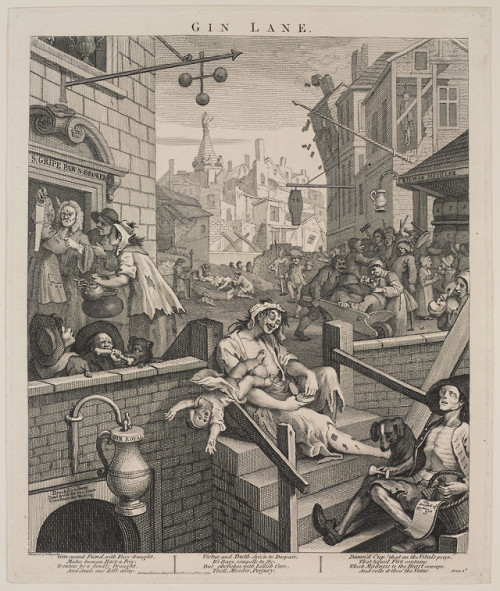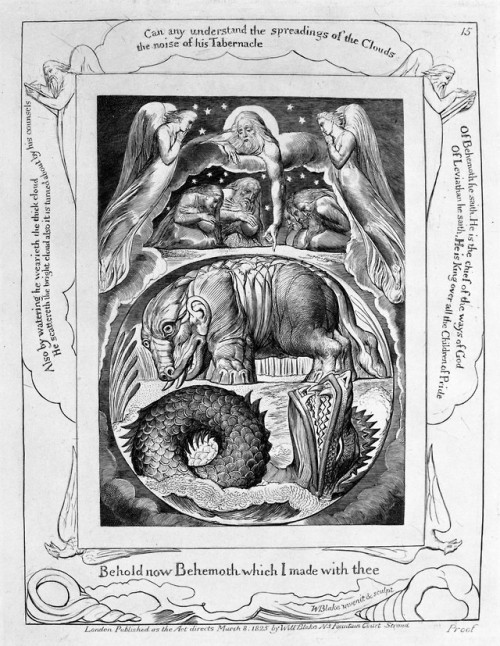By the eighteenth century, Europe was awash in printed images that delighted large, diverse, and eag
By the eighteenth century, Europe was awash in printed images that delighted large, diverse, and eager audiences. On view in shop windows or collected by connoisseurs for private study, prints shaped and reflected current societal tastes, customs, and beliefs. Satire, like this example by William Hogarth, flourished as an artistic mode in prints that were in tune with the critical spirit of the age. By the early nineteenth century, other artists like William Blake began to question the Enlightenment notion that the universe was objectively knowable and controllable and instead embraced the subjectivity and emotion of Romanticism, the first major artistic movement of the modern age.Posted by Shea SpillerWilliam Hogarth (British, 1697-1764). Gin Lane, 1751. Engraving on laid paper, 15 3/8 x 12 ¾ in. (39 x 32.4 cm). Brooklyn Museum, Bequest of Samuel E. Haslett, 22.1855 ⇨ William Blake (British, 1757-1827). Behold Now Behemoth which I Made with Thee, from Illustrations of the Book of Job, 1825. Engraving on wove paper, image. Brooklyn Museum, Bequest of Mary Hayward Weir, 69.4.1p -- source link
Tumblr Blog : brooklynmuseum.tumblr.com
#bkmworksonpaper#bkmeuropeanart#european art#prints#printmaking#art history#william hogarth#william blake#enlightenment#romanticism#artistic#movement#modern age#engraving#brooklyn museum

